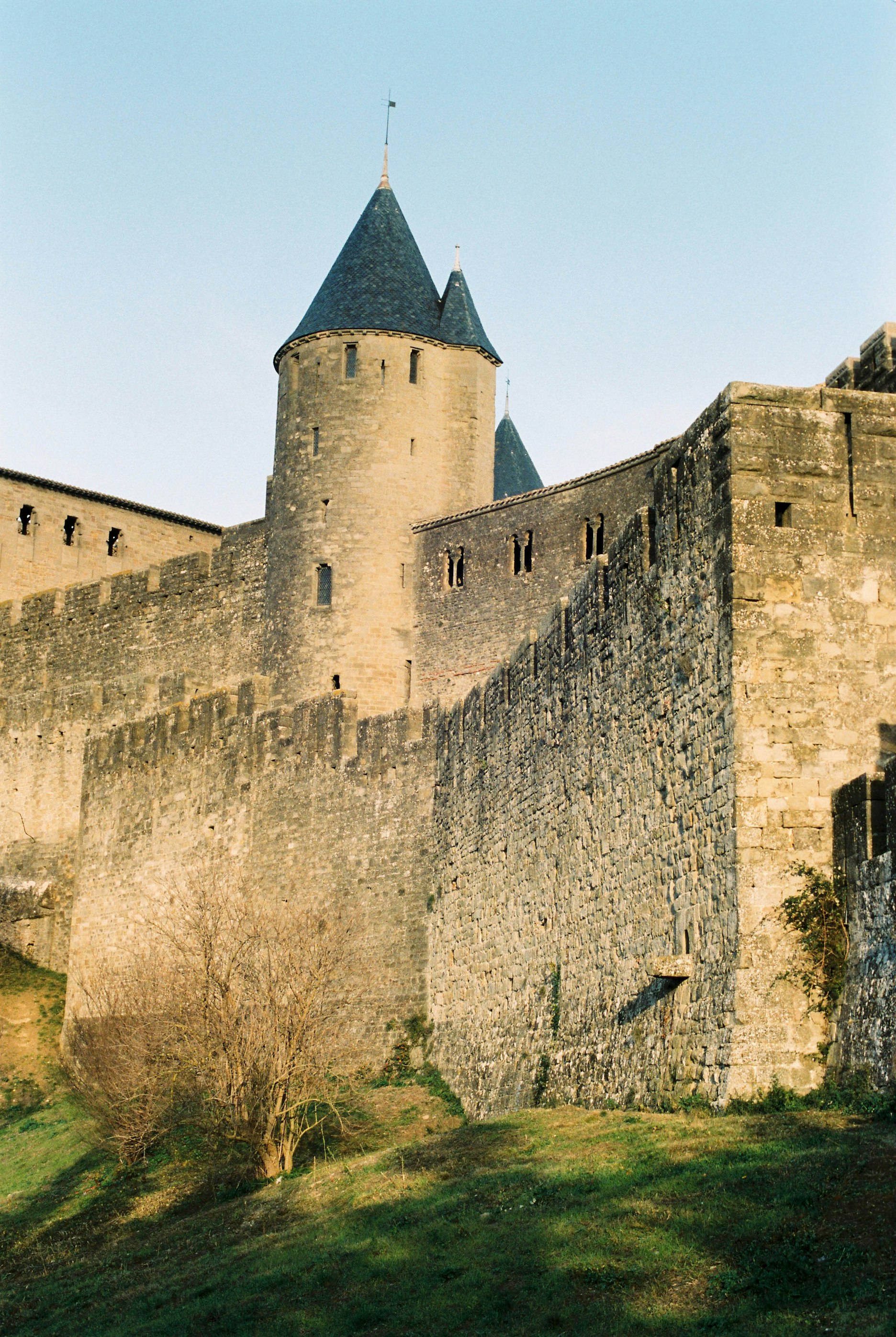The taking of Palermo

During the events of Mineo, however, a Muslim faction, made up mostly of Africans, broke away from the army of Asbaġ to carry out the conquest of Palermo, a city of Phoenician origin and renamed following the Punic wars (264-241 BC. ). The Muslims succeeded in the enterprise in September 831 AD, subjecting the population to the condition of ḏimmi.
The institution of ḏimmī dates back to the caliphate of the “well-guided” ‘Umar, which guaranteed non-Muslim subjects who professed a religion based on a revealed Book to participate in the Islamic state in the condition of “protected”, recognizing them full freedom of worship , upon payment of a tax known as ǧizya.
The Palermo area became a real colony, where the Aġlabite emir invested the German cousin Abū Fihr Muḥammad Ibn ‘Abd Allāh Ibn Aġlab (d. 835 AD) with the position of lieutenant of Sicily. He arrived on the island in 832 AD, transforming the colony into the center of a model state independent of the African continent. Two years later the lieutenant presented the opportunity to start a new repression against Byzantine Christians, as the latter, led by the patrician Alessio Muscegh, armed an army in Castrogiovanni, where they transferred the seat of government, previously located in Syracuse.

Abu Fihr mobilized in the direction of the city and managed to break the ranks of the Byzantine army, inflicting three defeats on the enemy and looting everything they found there; he even took the patrician’s wife and one of the sons hostage and, returning to Palermo, he ordered the Arab army to go as far as Taormina, bringing a great success, as well as a conspicuous booty.
Other conquests then followed in other areas of Sicily, but, despite the prestige and military supremacy that the Muslims were gaining, a Byzantine revolt against the lieutenant broke out, in the course of which he lost his life. The emir Ziyādat Allāh then commissioned a leader named Faḏl Ibn Ya’kūb to organize two raids: one in Syracuse and one in Castrogiovanni, both of which took place during 835 AD and were successfully completed.
Later, Faḏl Ibn Ya’qūb led his army to the Aeolian Islands, storming several fortresses and then returning victorious to Palermo.26 After Ziyādat Allāh’s death in June 838 AD, the Muslims brought the fortresses under their control. of Caltabellotta, Corleone, Geraci and other Sicilian cities, of which the historical sources do not report the name.
Even Castrogiovanni fell into the hands of Muslim conquerors in the year 226 of the Hiǧra, or between 840 and 841 AD 27 The Arabist Michele Amari, in his report on the history of Muslim enterprises in the Sicilian island, concludes the description of this first phase of the Arab conquests, adding the following: “The names of the cities surrendered to the Muslims between eight hundred thirty-nine and forty-one, suffice to show that the entire Val di Mazara was now ruled by them, and left the rest of the island.
However, they had not only brought their weapons to the mainland of Italy, but, what is more, made a bond with the republic of Naples.
